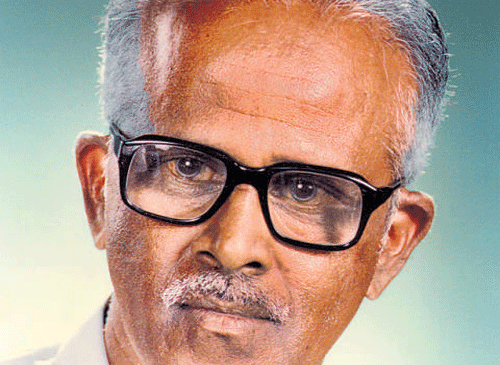
Bannerghatta National Park was founded in 1971 and declared as a national park in 1974. In 2002, a portion of the park, became a biological reserve, the Bannerghatta Biological Park.
It is a popular tourist destination with a zoo, a pet corner, an animal rescue centre, a butterfly enclosure, an aquarium, a snake house and a safari park. There are ancient temples in the park for worship and it is a destination for trekking too.
The Zoo Authority of Karnataka, the University of Agricultural Sciences, Bangalore, and the Ashoka Trust for Research in Ecology and Environment (ATREE) are collaborating agencies. Within the national park area are six villages enclosed within three large enclosures for sheep and cattle farming Bannerghatta Park.
One hundred and one species of birds have been recorded in the park. The fauna pose some risk to humans. In August 2012, a man was trampled to death by an elephant. Occasionally, animals leave the reserve, coming into contact with humans. For example, elephants have been sighted on the Bannerghatta-Anekal road which passes close to the park. In 2007, a leopard and her cubs entered a local school.
Bannerghatta is the first biological park in India to have a fenced forested elephant sanctuary where elephants can roam around freely without chains. It is designed by elephant expert Carol Buckley and covers an area of 122 acres. The fence is sponsored by animal rights organisation People for the Ethical Treatment of Animals (PETA) India, which raised funds of Rs one crore for its installation.
US-based elephant expert Margaret Whittaker came up with the innovative idea after visiting BBP last year. She gave the local mahouts training on 'protected contact' with the jumbos. This leads to safe interaction between human beings and elephants by keeping them separated while at the same time using positive techniques to manage the animals.
The biological park zoo has a small museum for showcasing special exhibits, a reptile park and a small theatre. On November 25, 2006, Kapil Sibal, the then Union Minister of Science and Technology, opened India's first butterfly enclosure at the park. It occupies 7.5 acres (30,000 sqm) and houses a butterfly conservatory, a museum and an audiovisual room.
The butterfly conservatory, a circular enclosure with a poly-carbonate roof, is 10,000 sq ft (1,000 m²). Within the conservatory, the environment has been designed to support over twenty species of butterflies. It is a humid tropical climate, with an artificial waterfall and appropriate flora to attract butterflies. The conservatory leads to a second and third dome, which houses a museum containing dioramas and exhibits of carefully preserved butterflies.